Past Events
Interested in Cotsen events? Sign up for our mailing list.A Conversation with Dr. Judith F. Baca on the creation, impact and conservation of the Great Wall of Los Angeles
"Standing at the river’s edge, I saw the concreted arroyos as scars in the land. I dreamed of a “tattoo on the scar where the river once ran,” and an endless narrative that would recover the stories of those who were disappeared along with the river. How could we recover the memory recorded in the land? This began my years of working with more than 400 youth and hundreds of descendants of the original peoples in the Los Angeles River, recovering, through the creation of visual histories, all that had disappeared. Through our ongoing narrative work,The Great Wall of Los Angeles, we are attempting to heal both the river and the people. Currently measuring one half-mile, [and expanding to a full mile] The Great Wall is an evolving chronology of memory from the land recorded with our hands and paint, and now flowing along the river where it all began."- Judith F. Baca.
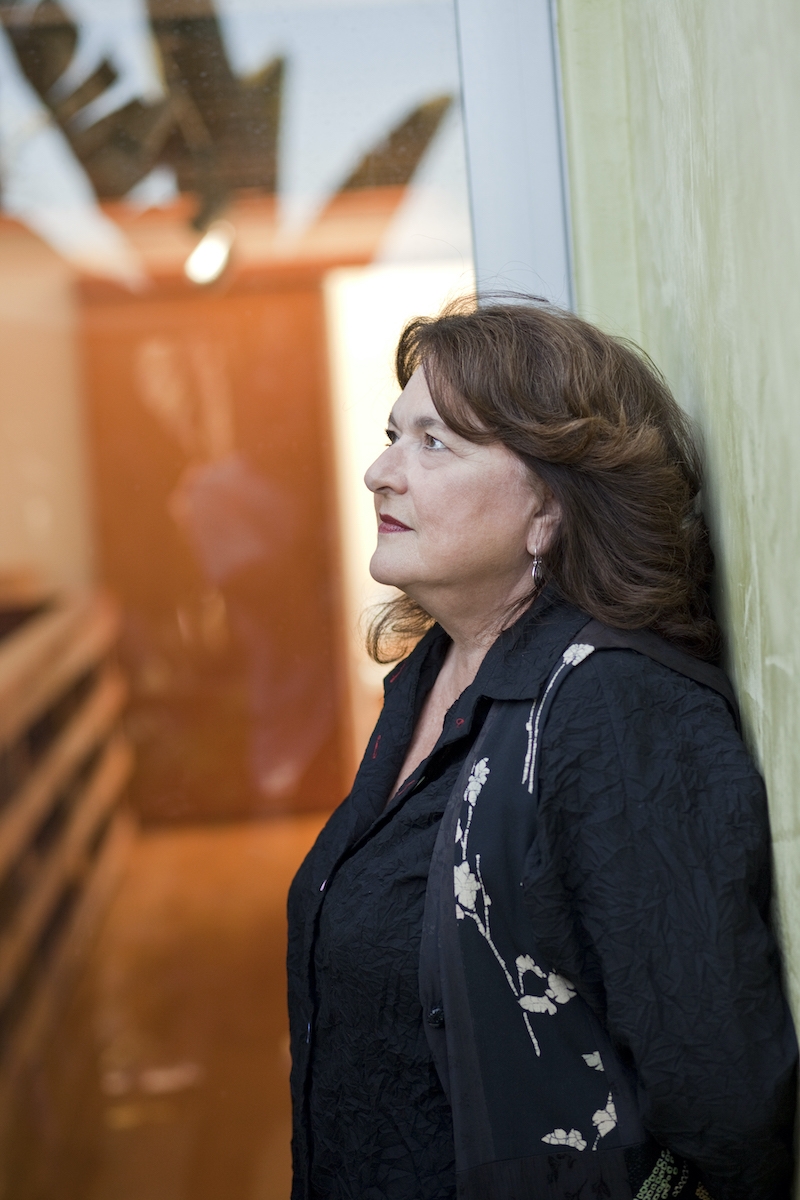 One of America’s leading visual artists, Dr. Judith F. Baca, has created public art for four decades. Powerful in size and subject matter, Baca’s murals bring art to where people live and work. In 1974, Baca founded the City of Los Angeles’ first mural program, which produced over 400 murals, employed thousands of local participants, and evolved into an arts organization – the Social and Public Art Resource Center (SPARC). She continues to serve as SPARC’s artistic director while also employing digital technology in SPARC’s digital mural lab to promote social justice and participatory public arts projects.
One of America’s leading visual artists, Dr. Judith F. Baca, has created public art for four decades. Powerful in size and subject matter, Baca’s murals bring art to where people live and work. In 1974, Baca founded the City of Los Angeles’ first mural program, which produced over 400 murals, employed thousands of local participants, and evolved into an arts organization – the Social and Public Art Resource Center (SPARC). She continues to serve as SPARC’s artistic director while also employing digital technology in SPARC’s digital mural lab to promote social justice and participatory public arts projects.
Beginning with the awareness that the land has memory, Baca creates art shaped by an interactive relationship of history, people, and place. Her public artworks focus on revealing and reconciling diverse peoples’ struggles for their rights and affirming the community’s connections to place. Together with the people who live there, they co-create monumental public art places that become “sites of public memory.”
In 2012, the Los Angeles Unified School District named a school the Judith F. Baca Arts Academy, located in Watts, her birthplace. She is a recipient of the Guggenheim Fellowship, the United States Artist Rockefeller Fellowship, and the Andrew W. Mellon Foundation Grant awarded for the expansion of the Great Wall.
Contact Michelle Jacobson
Email mjacobson@ioa.ucla.edu
Phone
Dr. Stephen E. Nash
Director of Anthropology and the Avenir Conservation Center
Denver Museum of Nature and Science
Thursday, April 28 at 12:00pm PT
Hybrid event – In-person at A222 Fowler and Online (Zoom)
The Cotsen Institute of Archaeology invites you to a special talk presented by the Waystation Program:
During the last two decades, increasing awareness of the frequently illicit origin of archaeological objects has resulted in changes to acquisition policies in American museums. In addition, many museums are re-evaluating the ethics of collecting and working with indigenous communities to return or reinterpret sensitive cultural heritage. For more than 15 years, the Denver Museum of Nature & Science has taken a leadership role in repatriation and international returns by going above and beyond the letter of the law(s), using the principles of justice, dialogue, reciprocity, and respect to guide their activities. This talk examines the museum’s success, and occasional failure, through a series of case studies: the return of 30 vigango (ancestral grave posts) to the Mijikenda tribes of coastal Kenya, and shrunken heads to the Shuar-speaking peoples of Ecuador; the reburial of non-Native human remains in Crestone, Colorado; and the repatriation of Native American ancestors to numerous Tribal Nations in the U.S. The new Avenir Conservation Center is focused on inclusive conservation guided by source communities and may one day include a formal program to facilitate international returns and repatriations.
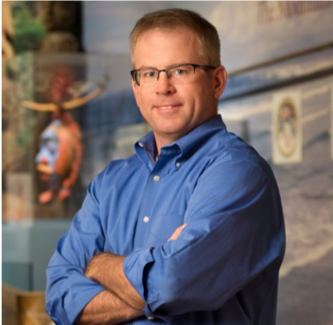 Stephen Nash, Director of Anthropology and the Avenir Conservation Center
Stephen Nash, Director of Anthropology and the Avenir Conservation Center
at the Denver Museum of Nature and Science, is an archaeologist, columnist, historian of science, and stand-up comedian. He is currently studying the Mogollon archaeology of southwestern New Mexico, Indian peace medals in the Museum’s Crane Collection, and the enchanting Russian gem carving sculptures of Vasily Konovalenko. He has written and edited seven books and dozens of peer-reviewed articles and published nearly 40 Curiosities columns for the SAPIENS online magazine. Prior to working at the Denver Museum, he served as head of collections in the Department of Anthropology at the Field Museum in Chicago.
Contact Michelle Jacobson
Email mjacobson@ioa.ucla.edu
Phone
Hybrid event – In-person at Digital Archaeology Lab A163 Fowler and Online (Zoom)
Reception: 12pm – Outdoor Fowler Amphitheater
The Database of Religious History (DRH) is an open access digital repository of information about the global history of religion. The data is gathered through expert-created entries that take the form of structured questionnaires or “polls”. The format of the queries ensures that both quantitative and qualitative information is gathered. This enables users to both browse through individual entries in a manner similar to encyclopedia entries, as well as manipulate and visualize the data in order to compare religious beliefs and practices across time and space.
In this workshop, DRH staff will provide an introduction to this resource and discuss new pedagogy packages and polls that will be of particular interest to archaeologists and those in the cultural heritage sector. We encourage instructors and graduate students from history, archaeology, and anthropology departments to attend and sign up as experts, as all global regions and time periods are of interest. We value the time and effort of our experts, and provide a $300 (CAD) honorarium for each completed entry. Each entry is also published through the University of British Columbia library and provided with a digital DOI. This is therefore a particularly excellent opportunity for graduate students to add a publication to their resume. During the workshop, interested experts will be able to start their entries and receive guidance from DRH staff. The workshop is hybrid, and interested attendees should register for their preferred method of attendance using the link provided above. A reception will follow at 12pm – which both in-person and online attendees are welcome to attend.

Contact Caroline Arbuckle
Email caroline.arbuckle@ubc.ca
Phone
Carolyn Dean
Department of History of Art & Visual Culture
University of California, Santa Cruz
Monday, April 25th at 12:00pm PT

Sponsors: Cotsen Institute of Archaeology and UCLA Latin American Institute
Contact Alba Menéndez Pereda and Elyse Brusher
Email albamenendez@ucla.edu and ebrusher@ucla.edu
Phone
Marianne Webb
Webb Conservation Services
Asian lacquer is one of those materials that most furniture and object conservators encounter occasionally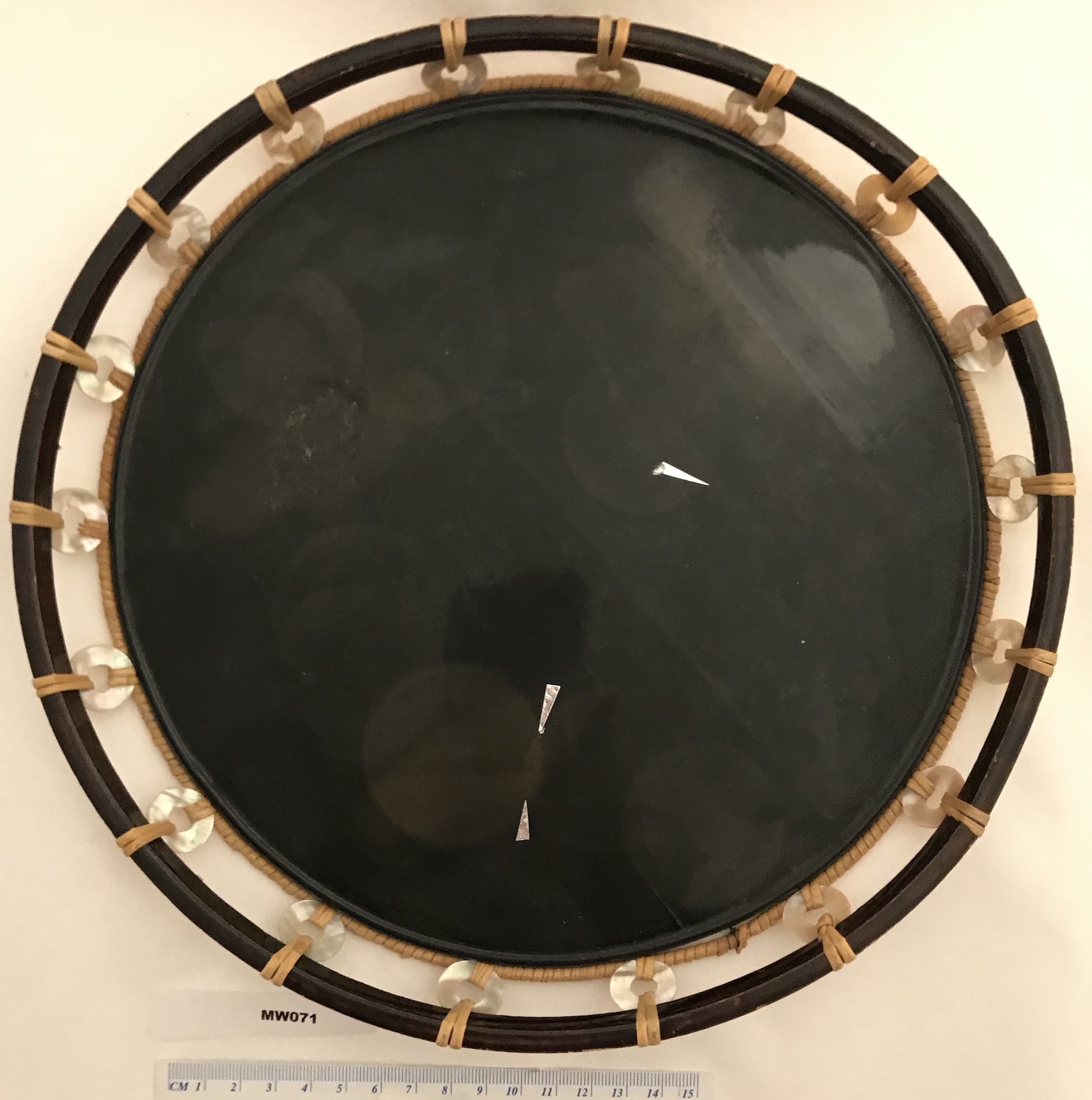 during their career. Unfortunately, conservation efforts can go dramatically wrong when a sensitive lacquer surface is treated inappropriately. A lustrous black surface can instantaneously turn to a milky brown color. During the active history of an Asian lacquer object this can occur when serving warm sushi or a hot cup of tea. For conservators it can occur during cleaning or consolidation.
during their career. Unfortunately, conservation efforts can go dramatically wrong when a sensitive lacquer surface is treated inappropriately. A lustrous black surface can instantaneously turn to a milky brown color. During the active history of an Asian lacquer object this can occur when serving warm sushi or a hot cup of tea. For conservators it can occur during cleaning or consolidation.
Fortunately, our understanding of Asian lacquer surfaces has dramatically improved over the last few years. The Getty Conservation Institute is leading the research that demonstrates Asian lacquer is a complex mixture of one or more anacard lacquers with additives such as oil, pigments and resins. Now that we are learning more about the complex nature of the surface, we are beginning to understand how the ingredients affect the behavior.
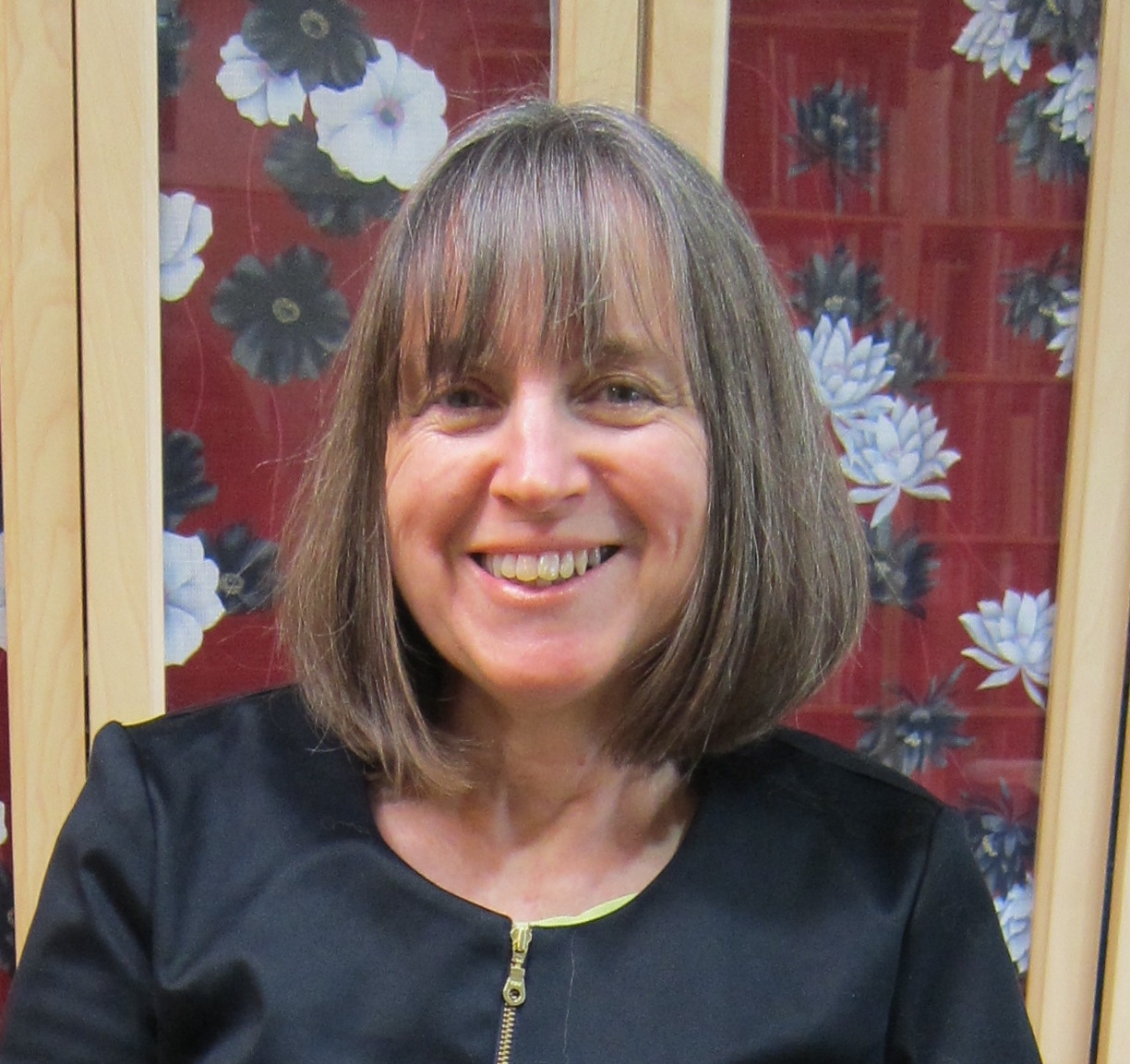 Marianne Webb is an independent conservator and researcher on the west coast of Canada. For 29 years she was the Decorative Arts Conservator at the Royal Ontario Museum in Toronto where she developed her keen interest inAsian and western lacquer. Currently she is collaborating with the Getty Conservation Institute on their research into the characterization of Asian lacquer and developing cleaning techniques for these complicated surfaces.
Marianne Webb is an independent conservator and researcher on the west coast of Canada. For 29 years she was the Decorative Arts Conservator at the Royal Ontario Museum in Toronto where she developed her keen interest inAsian and western lacquer. Currently she is collaborating with the Getty Conservation Institute on their research into the characterization of Asian lacquer and developing cleaning techniques for these complicated surfaces.
Marianne earned an honor’s degree in Fine Art from the University of Toronto and a diploma in Art Conservation Techniques from Sir Sanford Fleming College. A founding member of the ICOM-Committee for Conservation -Working Group on Lacquer, she served as its coordinator for 12 years. She received the Samuel H. Kress Publication Fellowship in 1997 from the American Institute for Conservation. The resulting manuscript was published in 2000 as Lacquer: Technology and Conservation.In 2020 she received the Charles Mervin Ruggles Award from the Canadian Association for Conservation of Cultural Property.
Contact Céline Wachsmuth
Email wachsmuthc@g.ucla.edu
Phone
Over Zoom
Invited four speakers from different fields and jobs within archaeology (Meera Munoz-Pandya, a Bilingual Museum Educator at the Smithsonian National Museum of Natural History; Jorge Peralta, a GIS Archaeologist and Staff Archaeologist at PAX environmental; Christian de Brer, the Director of Conservation at UCLA Fowler Museum; Sarah McCully, the Director of Education and Grants at Landmark West) to speak about their educational and career paths, experiences, and advice; followed by Q&A.
Contact
Phone
Jonathan Mark Kenoyer
George F. Dales Jr. and Barbara A. Dales Professor of Anthropology
Department of Anthropology, University of Wisconsin, Madison.
Date & time: April 9th, 2022 at 1:00PM PT
A general overview of the Indus Civilization will be presented along with discussions of how archaeologists find sites, how they excavate them and how they study the artifacts that are discovered from the sites. Special focus will be on some of the traditional as well as innovative new techniques that archaeologists use to discover sites. It will also cover some important analytical approaches that are used to study different types of artifacts to gain unique information about the technologies and social organization of the ancient Indus communities.
Jonathan Mark Kenoyer, is the George F. Dales Jr. and Barbara A. Dales Professor of Anthropology, at the Department of Anthropology, University of Wisconsin, Madison. He is the author of numerous books and edited volumes on the archaeology of South Asia and the Indus civilization. He has excavated key ancient cities and elucidated contemporary urban patterns in Pakistan and India. He is a leading figure in South Asian archaeology, history, and ancient civilizations.
Contact Michelle Jacobson
Email mjacobson@ioa.ucla.edu
Phone
Rodrigo Correa-Salas
Conservator
The structure, materials and acoustic properties of musical instruments are diverse and delicate. These characteristics will determine whether the instrument can be played (on special occasions) or just be displayed in the gallery.
characteristics will determine whether the instrument can be played (on special occasions) or just be displayed in the gallery.
The basic knowledge of the different materials (and their combinations) with which they were built, how they were made, how they were played and on what occasions they were played offers us a good basis and help to evaluate each instrument and know how to proceed to maintain, stabilize, adjust, restore, or fix these sound machines.
 Born in Santiago, Chile, Rodrigo Correa Salas comes from a family of artists.Prior to MIM, Correa worked as a luthier and instrument conservator for nearly two decades in the United States, Caribbean,Panama, and Chile. He was the official luthier of the annual Casals Festival in San Juan, Puerto Rico, and custodian of Maestro Casals’s violoncello in the Pablo Casals Museum.
Born in Santiago, Chile, Rodrigo Correa Salas comes from a family of artists.Prior to MIM, Correa worked as a luthier and instrument conservator for nearly two decades in the United States, Caribbean,Panama, and Chile. He was the official luthier of the annual Casals Festival in San Juan, Puerto Rico, and custodian of Maestro Casals’s violoncello in the Pablo Casals Museum.
Correa graduated from Puerto Rico’s Conservatory of Music, with a bachelor’s degree in music education and a minor in violoncello. He later obtained an associate of science degree in string instrument technology from Indiana University, while doing parallel studies in cello. He has played in various baroque, classical, and popular music groups in the United States and the Caribbean.
Correa’s role as conservator is to examine, document, restore,repair, and maintain musical instruments and other objects in MIM’s collection, while coordinating closely with the curatorial teamand collaborates in installing gallery exhibitions.

Contact Céline Wachsmuth
Email wachsmuthc@g.ucla.edu
Phone

Join the UCLA Art History Department for the annual Patricia McCarron McGinn Lecture featuring Professor Glenn Wharton with his lecture Why Conserve Cultural Heritage? Reframing a Discipline.
This year’s lecture will take place virtually on Monday, March 7 from 4 to 5:30 pm. Please RSVP in advance to receive a Zoom link.
Please CLICK HERE TO RSVP
About Dr. Wharton
Glenn Wharton is Professor of Art History and Professor of the Conservation of Material Culture, as well as Chair of the UCLA/Getty Interdepartmental Program in the Conservation of Cultural Heritage. Professor Wharton most recently taught at New York University as Clinical Professor in Museum Studies; in addition to his academic positions, Wharton is an experienced art conservator with an extensive background in archaeological, sculpture, and time-based media conservation, who has worked and consulted at such museums as the Museum of Modern Art in New York and the Metropolitan Museum of Art.
Wharton received his Ph.D. in Conservation and Archaeology from the Institute of Archaeology, University College London in 2005. He has received, amongst others, a Digital Pedagogy Grant from New York University (2018), a Getty Conservation Institute Guest Scholar Fellowship (2017), a College Art Association (CAA) / Heritage Preservation Award for Distinction in Scholarship and Conservation (2015), and the Historic Hawai’i Foundation Preservation Media Award for The Painted King: Art, Activism, & Authenticity in Hawai’i (2012). His research areas of interest include archaeological conservation, illicit trade, cultural heritage management, contemporary art conservation with specialization in time-based media, and addressing social justice, inclusion, and climate change in conservation.
The annual Patricia McCarron McGinn Lectureship was inaugurated in 1992 to showcase the scholarship of a faculty member in the Department. It was established in honor of Patricia McCarron McGinn (1927 – 1991), who was an outstanding student in the UCLA Department of Art History. Her enthusiasm, depth of commitment, and dedication to the challenges of graduate study as a returning student enlivened and expanded the scholarly perspective of the program. To honor her memory, her family, with the generous support of many friends, established the Patricia McCarron McGinn Fund to aid students engaged in the study of art history at UCLA and to sponsor the McGinn Lectureship.
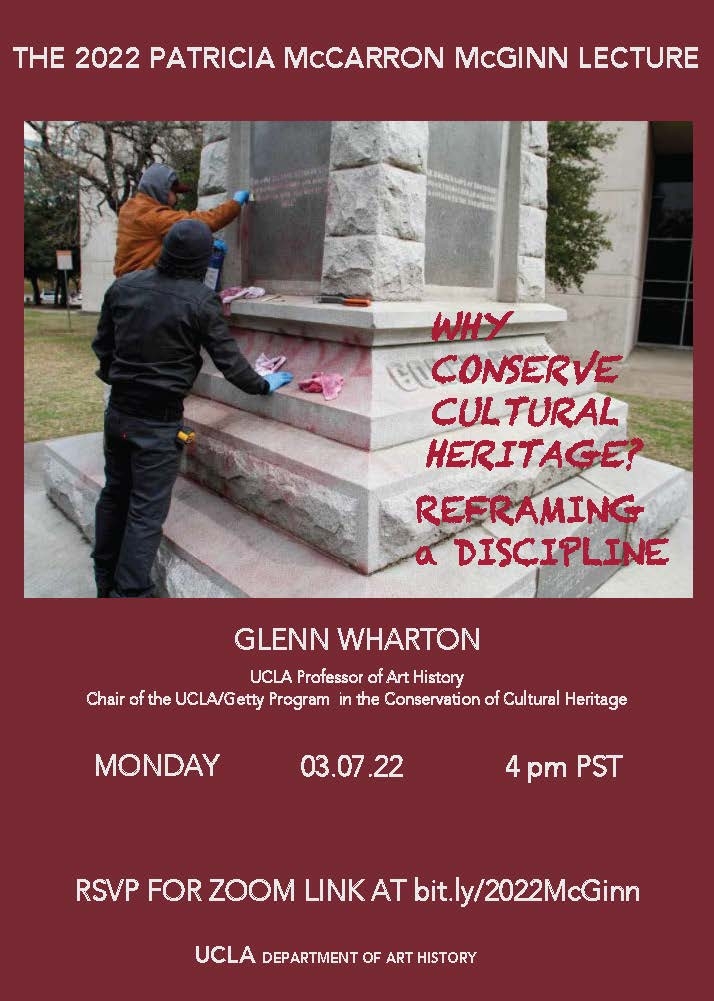
Contact
Phone
Richard Lesure
Professor, UCLA Department of Anthropology
Inaugural Lecture in the new Author Spotlight series
Paso de la Amada, on the coast of Chiapas, Mexico, was among the earliest settled villages in Mesoamerica. Excavations at the site have revealed extraordinary earthen constructions, including the earliest known Mesoamerican ballcourt. Professor Lesure will reflect on the 30 years of work that lie behind the book Paso de la Amada: An Early Mesoamerican Ceremonial Center, recently published by the Cotsen Institute of Archaeology Press. Work by Lesure and numerous collaborators (including UCLA colleagues and students) has led to surprising insights into the emergence of social inequality and the relation between agriculture and settled village life in early Mesoamerica.

Contact Michelle Jacobson
Email mjacobson@ioa.ucla.edu
Phone
- ‹ previous
- 13 of 50
- next ›


